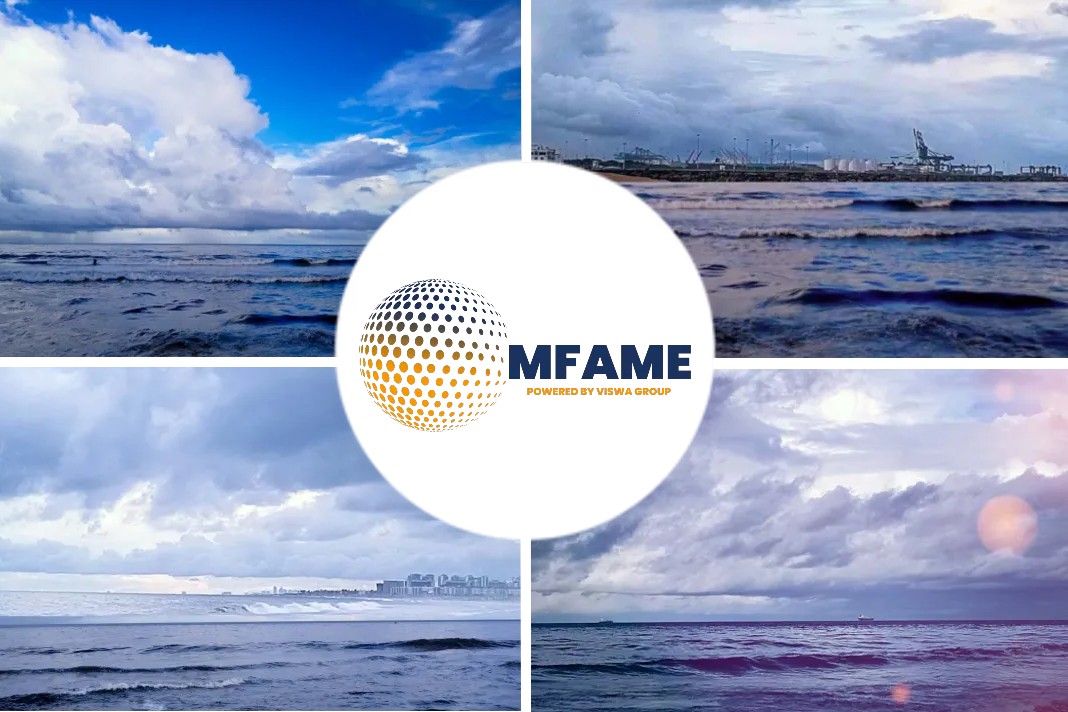- Solar Power found to be a cost effective fuel reduction option on marine vehicles.
- Aquarius MRE and Energy Sail, a solution combining solar and wind energy was created in order to reduce harmful emissions and lower fuel consumption.
- A prototype of the EnergySail has completed feasibility tests and a second batch of manufacturing is underway in Japan.
- Components of the Aquarius MRE sub-system were tested on-board a high speed ferry.
Renewable Energy for Zero Emissions Shipping
The shipping industry today is actively looking at measures to reduce fossil fuel consumption and operate in a more environmentally friendly way, says Eco Marine Power.
In addition various regulations and initiatives are being implemented and these are aimed at reducing emissions & moving shipping towards lowering its environmental impact. Examples of these include:
- Emission Control Areas (ECA’s) and the limit on the sulphur content in marine fuels that came into effect in 2020.
- The International Maritime Organization (IMO) has outlined an ambitious greenhouse gas (GHG) reduction strategy and the European Union (EU) has unveiled its own plan to reduce shipping related GHG emissions.
Past Use of Rigid Sails on Ships
In the 1980’s several Japanese ships were fitted with rigid sails with the aim of reducing fuel consumption.
During this time ships fitted with JAMDA (Japan Marine Machinery Development Association) sails including the Shin Aitoku Maru and Usuki Pioneer proved that these devices were an effective source of supplementary propulsion, with fuel consumption savings of approximately 10-30% being reported under favourable conditions.
Therefore not only did the sails reduce fuel consumption but they could also be, under the right circumstances, a form of emergency propulsion.
Marine Solar Power
Recent advances in marine-grade solar cell and photovoltaic (PV) module technologies have led to solar power becoming a cost effective fuel reduction option on pleasure boats, ferries and tourist vessels.
Even so, although PV modules may be designated “marine-grade” by the manufactures, those to be used for ship projects need to be evaluated carefully to avoid problems after installation.
Based on the PV modules currently available the amount of fuel that could be saved on a ship through the use of solar power alone is relatively small.
Nonetheless there is scope to use solar power together with more energy efficient DC electrical devices to improve energy efficiency.
Perhaps rather than having a ship with rigid sails or a ship with solar panels, a better approach would be to design a system that could tap into the power of the wind and sun together. The challenge in developing such a solution though is to overcome many of the practical problems entailed in trying to use sails and solar panels on large ships operating in the harsh marine environment.
Aquarius MRE & EnergySail – Wind & Solar Power for Ships
Aquarius MRE (Marine Renewable Energy) is a solution developed by Eco Marine Power (EMP) of Japan.
It combines sail assisted propulsion (or wind assisted propulsion) with solar power and is essentially a ship renewable energy system. This patented wind and solar solution is designed so that the practical limitations of using rigid sails and solar panels on ships are overcome.
A ship fitted with Aquarius MRE such as a passenger ferry, cruise ship, bulk carrier, RoRo vessel or tanker will be able to tap into the limitless power of the wind and sun.
These hybrid powered ships will use wind and solar power together as a source of energy and propulsion (along with the ship’s main engines) in order to reduce harmful emissions and lower fuel consumption.
This innovative device can incorporate a number of renewable energy technologies and can be installed on a wide variety of vessels.
Successful Prototype
A prototype of the EnergySail has completed land-based feasibility tests & a second factory produced EnergySail has been manufactured by Teramoto Iron Works in Onomichi, Japan.
Components of the Aquarius MRE sub-system were installed on-board the high speed ferry Blue Star Delos as part of a joint evaluation project with Blue Star Ferries.
A second marine solar power system has been installed on-board the large general cargo ship MV Panamana and this system utilised for the first time class-approved UB-50 hybrid batteries from The Furukawa Battery Company.
Next Steps
In late 2017 EMP announced that it was working towards sea trials of Aquarius MRE. These trials will bring together the complete system on-board a ship for the first time.
In addition EMP and its strategic partners are currently working towards obtaining Approval-in-Principle (AIP) for Aquarius MRE and investigating what other technologies could be integrated into the system architecture.
Did you subscribe to our daily newsletter?
It’s Free! Click here to Subscribe!
Source: Eco Marine Power























